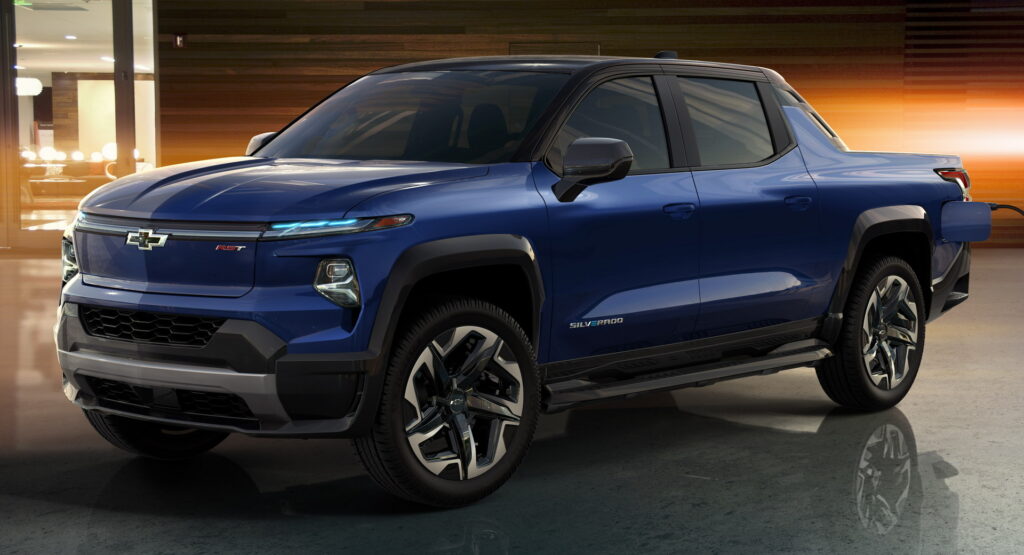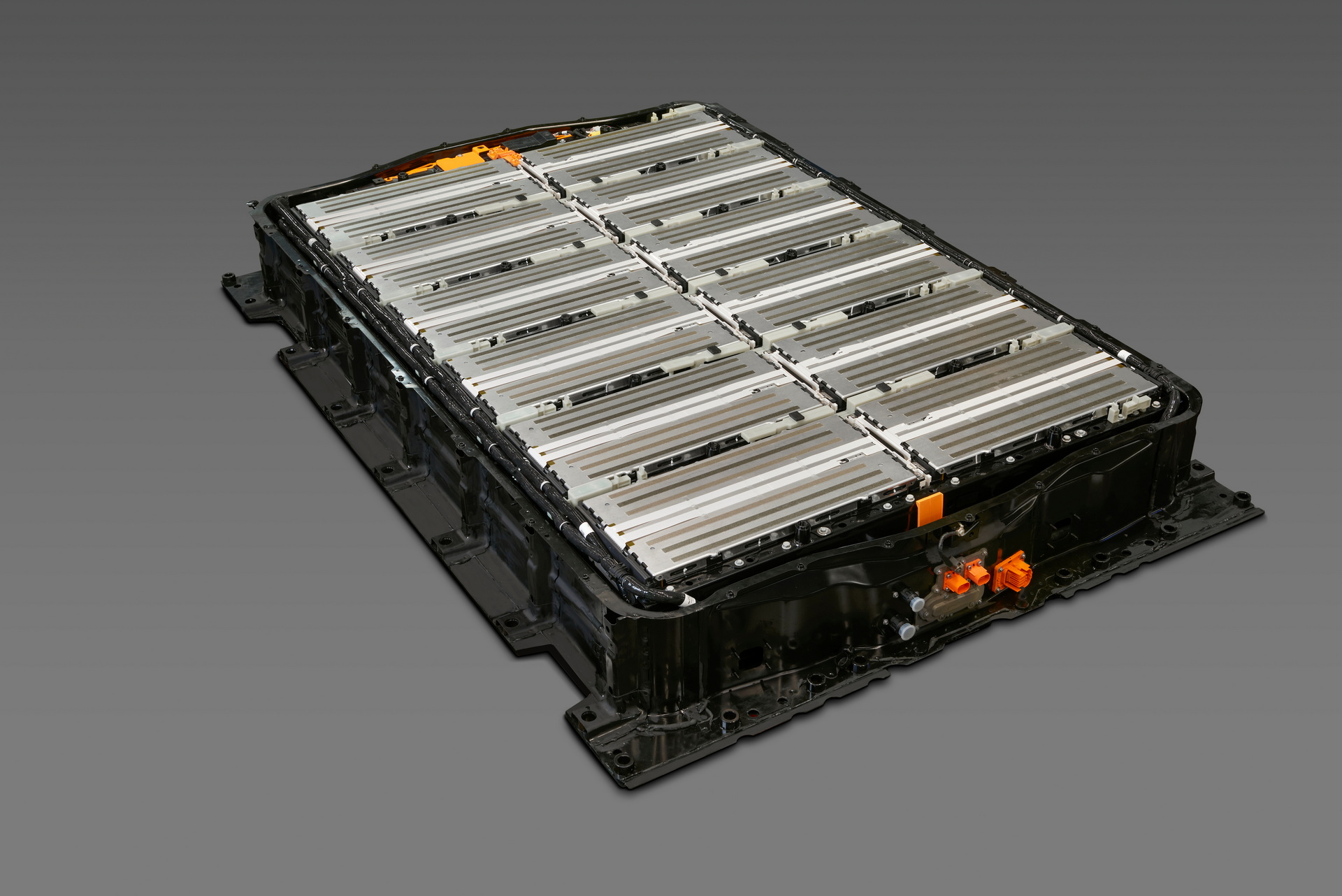General Motors announced today that it will engage in a joint research and development agreement with OneD Battery Sciences. The deal will focus on the potential use of the latter’s silicon nanotechnology in automotive batteries.
OneD’s SINANODE platform adds more silicon onto the anode of a battery by fusing silicon nanowires into EV-grade graphite. That’s because the material can store 10 times more energy than graphite, which will have the effect of increasing the energy density of batteries.
General Motors hopes to apply this technology to its Ultium battery cells to give them longer range and lower their cost. The more energy dense a battery, the smaller and lighter a battery pack can be, allowing longer driving ranges.
Read Also: Porsche Betting On Lithium-Silicon Batteries With $100M Investment
“GM designed Ultium to be a supremely flexible platform so we can continuously improve our cells as battery technology advances,” said Kent Helfrich, GM chief technology officer, vice president of GM research and development, and president of GM Ventures. “Our collaboration with OneD will focus on efforts to continue advancements in EV range, performance and cost.”
The automaker claims that this is a first-of-its kind collaboration between two American companies. It has chosen OneD to be its partner because of its 15 years of experience and 240 granted patents.
“From day one, OneD has aimed to simplify silicon as the means to a completely new era of EVs. We believe that the winners of the EV race will be those who can effectively add more silicon to the battery cell, in a way that doesn’t disrupt existing supply chains and processes,” said Vincent Pluvinage, CEO, OneD Battery Sciences. “We’re thrilled to collaborate with General Motors on our shared goal of accelerating mass EV adoption.”
In addition to this research partnership, GM also participated in OneD’s Series C funding round, which recently closed at $25 million. The companies have not set out a timeline for when SINANODE technology could find its way into GM vehicles.






